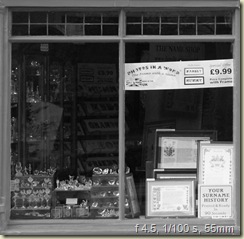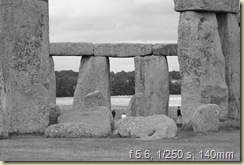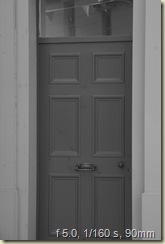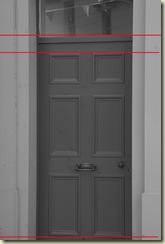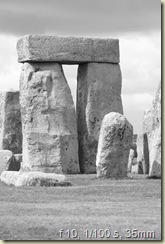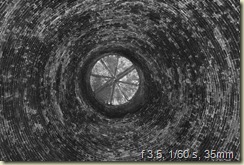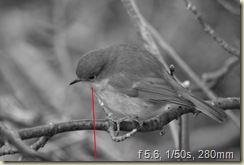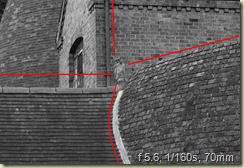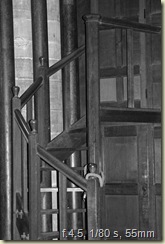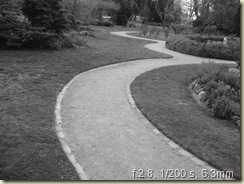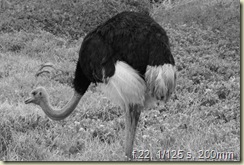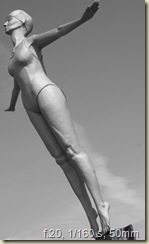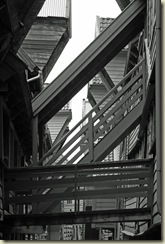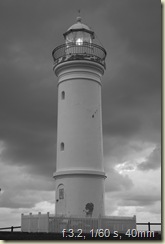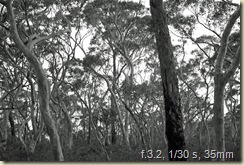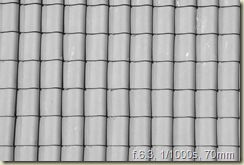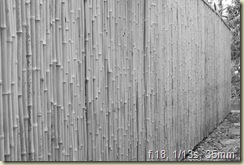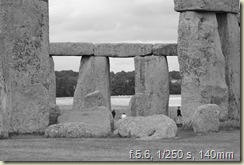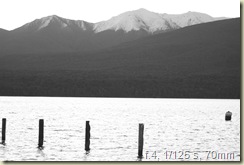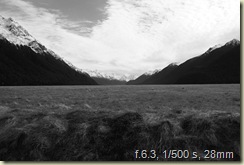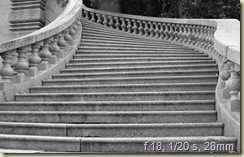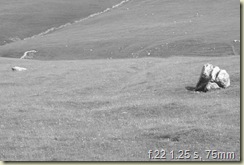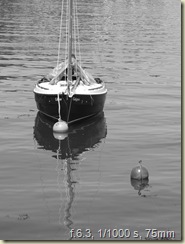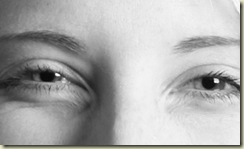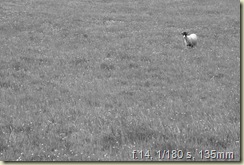In this project I am placing different objects at various positions in the frame. The camera is mounted on a tripod, and the camera settings are the same throughout. The idea is to place the objects such that the shape is interesting, but to avoid regular shapes.
No matter how I tried, I couldn’t avoid being somewhat symmetrical, however, at times, the shape had to be other than symmetrical as I was adding one at a time.
Anyway, I have drawn some lines ti indicate the shapes that I see in the pictures
The first has just one object positioned in the centre of the frame. I did have a number of attempts where I put the first object at different positions, but always came back to this one.
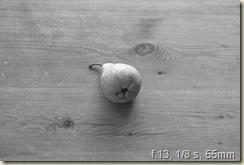
In the second one I avoided putting this where instinct told me, i.e. directly horizontal, vertical or diagonal to the first.
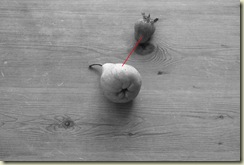
Despite avoiding my instincts, positioning the third always made me feel uncomfortable unless it was symmetrical., hence this one being positioned equidistant from the centre as the second.
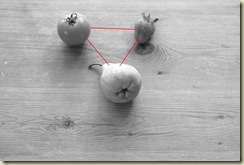
With the fourth, no matter where I placed it, it felt awkward, and to me, this was the only place it felt comfortable.
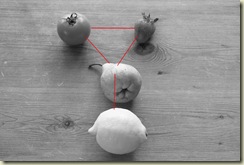
With the fifth, there was no way that I could form a symmetrical pattern (not that I am supposed to be doing this, but something inbuilt in me says it looks haphazard if put elsewhere).
Anyway,fighting against instincts (!!!!) I put the object in a took the picture quickly……. Looking at it afterwards, it does seem to have a pleasing quality something like a question mark. Is this trying to tell me something?
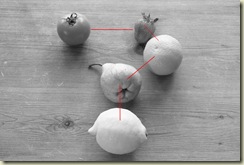
Ahhhh, back to symmetry (I’ll have to consult my shrink about this, it’s getting worrying). In this one, I tried all sorts of places for the sixth object, and none of them seemed to work.
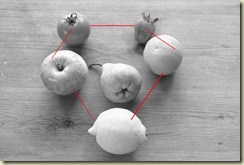
I’ve stopped drawing lines on them now, but when I look at this, I can see a pleasing semi circular shape around the right four objects, and the centre one kind of leads the eye towards the two objects on the left side, which again seem to take me upwards towards the top of the picture.
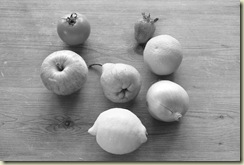
The last shot has got me back to symmetry, and in some ways, since taking the pictures, I am somewhat sorry that it is symmetrical. It’s actually boring, and I keep looking at it to see what other shapes I can see in it. I can see a horseshoe with something in the middle. It even reminds me of something a bride would carry. There’s a face also. I guess really, it’s only symmetrical left to right, as there’s and opening at the top which means the top is not symmetrical with the bottom.
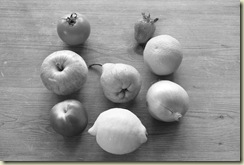
I guess out of all this, I have to do a lot more work on seeing, and move more away from my perceived need for evenness. Am I getting there????
I’ve looked at a couple of other blogs on the subject, and there is all sorts of talk about implied triangles, implied lines and all sorts of other things, and I know from looking further into the coursework that these points are covered. However, at this stage of the course, these points have not been covered, and I guess that when they are, I will re-visit this project to see if it makes any more sense. At this stage though I am taking it piece by piece.
